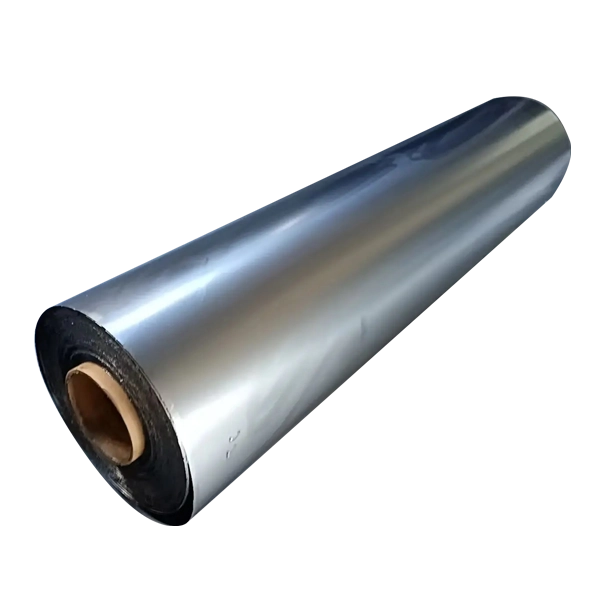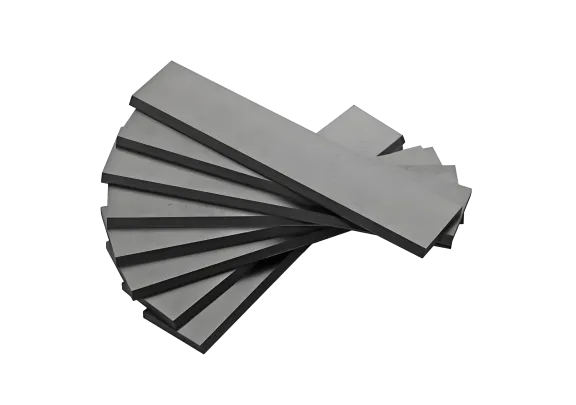
Thin enough to allow precise tracing without adding bulk.
Flexible and can conform to slightly curved surfaces.
Graphite marks can typically be erased with an eraser or wiped off surfaces, depending on the material.
Permanent versions exist for applications requiring lasting transfers.
Works with pencils, pens, or styluses for tracing.
Compatible with paints, ink, charcoal, and other artistic media for refining transferred designs.
Some graphite papers are designed to minimize smudging, making them ideal for clean transfers.
High-quality options leave crisp, non-smearing lines.
Some high-quality graphite papers can be reused multiple times before the graphite layer is exhausted.
Lighter pressure increases the number of uses.
Transfers graphite easily with minimal pressure.
Works well on surfaces like paper, wood, fabric, canvas, ceramic, and metal.
Leaves a clean, erasable mark without damaging the underlying surface.
Made from thin, flexible paper coated with a layer of graphite or carbon.
Some varieties may have a wax or clay binder to control smudging and transfer quality.
|
Brand |
Graphite Paper |
|
Density (g/cm³) |
1 |
|
Thickness Deviation(MM) |
<1±0.03;1-1.5±0.05;>1.5±0.1 |
|
Tensile Strength(MPa) |
≥4.2 |
|
Compression(%) |
35~55 |
|
Rebound Rate(%) |
≥9 |
|
Sulfur Content(PPM) |
≤1200 |
|
Chlorine Content(PPM) |
≤100 |
|
Carbon Content(%) |
≥95 |
|
Ash(%) |
≤100 |
Main Performance Table
|
Project |
Level A |
Level B |
Level C |
Level D |
|
Carbon content (%) |
99 |
99 |
99 |
99 |
|
Sulfur content (PPM) |
≤500 |
≤1000 |
≤1300 |
≤1500 |
|
Chlorine content (PPM) |
≤35 |
≤40 |
≤45 |
≤50 |
|
Density tolerance (mm) |
±0.05 |
±0.05 |
±0.06 |
±0.07 |
|
Thickness tolerance (mm) |
<1(±0.03);1-1.5(±0.05);>1.5(±0.1) |
|||
|
Compression ratio (%) |
≥40(Density 1.0 g/cm³) |
|||
|
Rebound rate (%) |
≥10(Density 1.0 g/cm³) |
|||
Product Specifications:
|
Thickness(MM) |
width(MM) |
Length(MM) |
Density(g/cm³) |
|
|
Coil |
Plate |
100-1030 |
1-500 |
0.7-1.5 |
|
0.1~1.5 |
0.2-3.0 |
|||

Yes, graphite paper is generally non-toxic and safe to use. However, adult supervision is recommended to avoid smudging or excessive use.
Yes, graphite marks can usually be erased with a regular eraser or wiped off with a damp cloth, depending on the surface.
No, it does not damage surfaces, but excessive pressure may leave dark marks. Most graphite lines can be erased or painted over easily.
Yes, while black is the most common, graphite paper is also available in white, blue, and other colors for use on dark or light surfaces.
Yes! Graphite paper can be reused multiple times until the graphite coating fades. Proper handling and minimal pressure extend its lifespan.
When you place the graphite-coated side down on a surface and trace over an image placed on top, the pressure transfers the graphite, creating a copy of the image on the surface below.
Graphite paper is a sheet coated with graphite on one side, used to transfer drawings, designs, or text onto different surfaces. It works like carbon paper but without leaving ink stains.